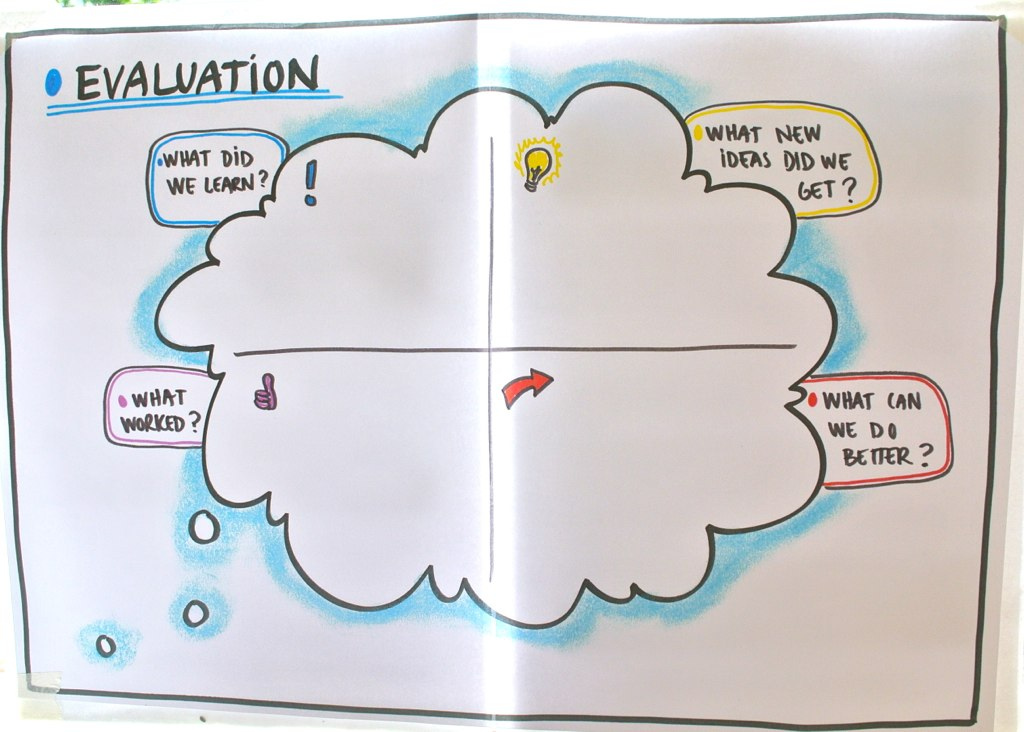
In literacy we often talk about power. Some of our learners will tell us how they feel disempowered by having a literacy difficulty or by their experience of engaging in the education system in the past. One of our key roles is helping people not only develop their cognitive skills but also their affective skills such as a sense of power, self-worth, self- confidence and identity. In the delivery of our service we have to be acutely aware of the power relationships that are at play and how our role as educators is best delivered by building collective power through collaborative learning and working together. Essential to this process are clear group agreements and clear professional boundaries. In doing this there is an equality in the adult literacy setting; the tutor acts more as a facilitator of learning while still bringing their expertise to the fore.
On my Erasmus + mobility on ‘Motivation, Leadership and Interculturalism’ I was introduced to the ‘Power Flower’ tool. Essentially, the ‘Power Flower’ tool helps groups identify how close they are to decision making power in their lives or how powerful they feel in relation to a variety of identities such as race, sexual orientation, social class, religion and spoken language.
When we used it on the Erasmus mobility we coloured in the inner petals if we felt empowered in the segment area; if we felt distanced we coloured in the outer petals. With learners who feel distanced from power in our society this can be a way of expressing this by working individually or in small group settings. This can be an important step for personal development groups to take or for any marginalised group. It is important that when using this tool that time is taken to explain the purpose and rationale, allow people to work individually and in small groups or pairs and to take time to reflect together on the results.
Another way to use this is as an evaluation tool – by taking out the named segments you could insert areas that you wish to evaluate and ask participants to ‘colour’ the inner or outer petal depending on how confident they felt about that area. I have found that this has worked really well with a wide variety of groups. So, for example, you could use it to see how confident a learner is in relation to punctuation. The learner could colour the inner petals to show that they were confident using a full stop or a question mark but might be filling an outer petal for their confidence in using a comma. Visual and kinaesthetic learners will be engaged by this and you will quickly see what areas you will need to work on together. It will also help you measure progress as you will hopefully see more inner petals being coloured in as you move through your tuition together.
If you want to learn more about the Power Flower tool I suggest you read a paper written by Wenh-In Ng called ‘A Tool for Everyone – Revelations from the “Power Flower”’ which can be found on
http://lgbtq2stoolkit.learningcommunity.ca/wp/wp-content/uploads/2014/12/flower-power-exercise.pdf
This article also has a copy of the power flower template.
I also suggest you visit this website for more tips http://www.networkedtoolbox.com/tools/44/






